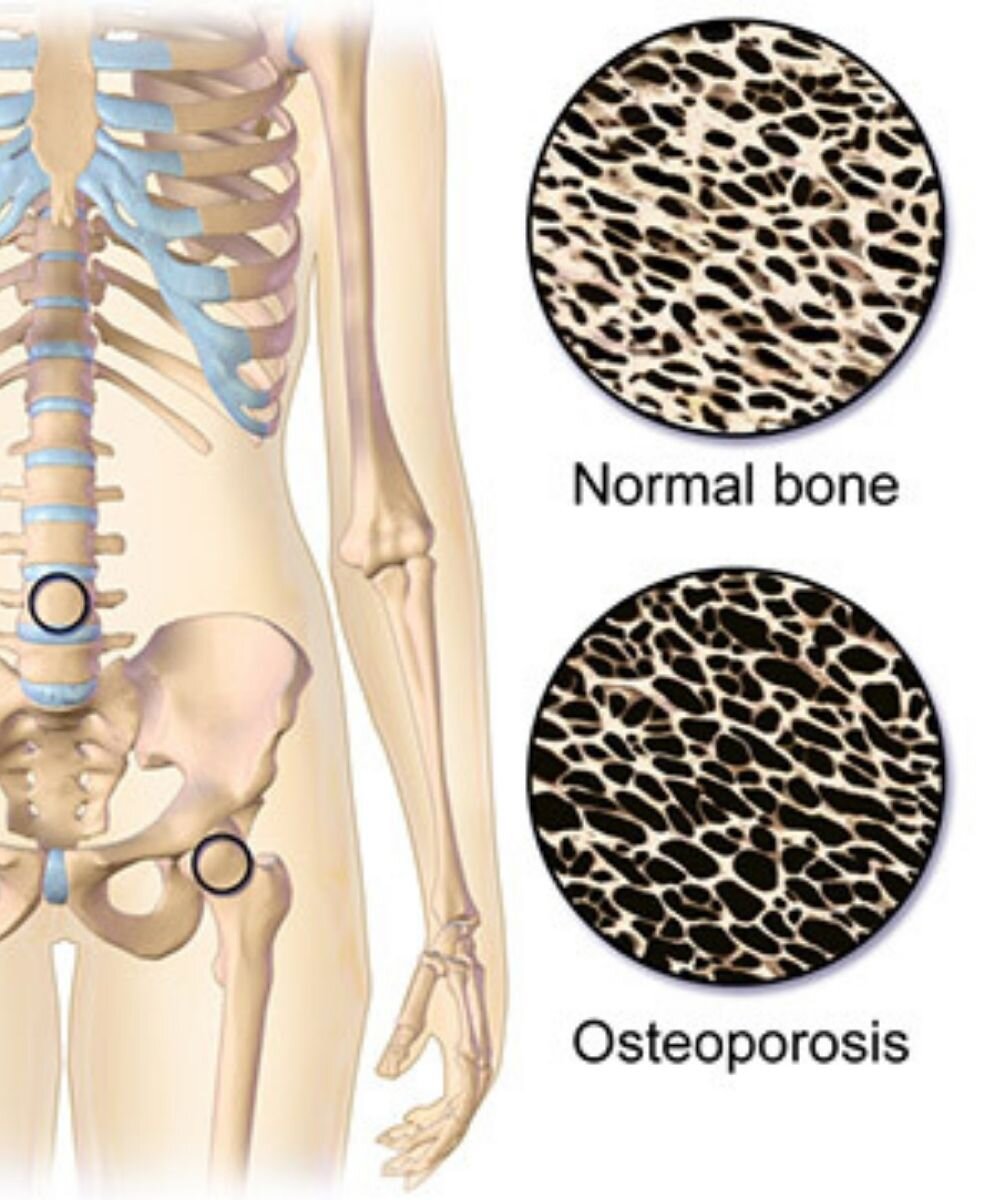Keep them strong
Prevent future fractures and monitor your skeletal health with a DexaFit bone density scan.
Prevent future fractures and monitor your skeletal health with a DexaFit bone density scan.

Osteoporosis is a silent disease affecting 52 million Americans. Discover your risk with DEXA bone density test.
Learn if you have weak bones or osteoporosis before a fracture occurs
Predict your chance of breaking or fracturing a bone in the future
See if your bone density is improving, staying the same, or getting worse
Find out how well your osteoporosis medicine is working
Note: Bone density scans are not currently available at all DexaFit locations. Availability may vary. Please check with your location before booking.
Talk to your doctor first, but a DEXA bone density test is recommended if any of the following apply to you:
You are a post-menopausal woman.
You have a personal or maternal history of hip fracture or smoking.
You have low vitamin D status.
You are a man with clinical conditions associated with bone loss, such as rheumatoid arthritis, chronic kidney or liver disease.
You use medications that are known to cause bone loss, including corticosteroids such as Prednisone, various anti-seizure medications such as Dilantin and certain barbiturates, or high-dose thyroid replacement drugs.
You have type 1 diabetes, liver disease, kidney disease, or a family history of osteoporosis.
You have a thyroid condition
You experienced a fracture after only mild trauma
You have low body weight or experienced a loss in height.
On the day of the test, you may eat as you normally do. But you should not take calcium supplements for at least 24 hours before your appointment.
Wear loose, comfortable clothing, and avoid garments that have zippers, belts or buttons made of metal. You will be asked to remove some of your clothes, and you may also need to remove jewelry, removable dental appliances, eye-glasses and any metal objects or clothing that might interfere with the scan.
Inform your doctor or the technician if had a barium examination or have been injected with a contrast material for a computed tomography (CT) scan or radioisotope scan.
Women should inform their doctor or the DEXA technologist if there is any possibility that they are pregnant.

Your bone density test results are reported using T-scores. A T-score shows how much your bone density is higher or lower than the bone density of a healthy 30-year old adult. A healthcare provider looks at the lowest T-score to diagnosis osteoporosis.
What Your T-score Means. According to the World Health Organization (WHO):
A T-score of -1.0 or above is normal bone density
A T-score between -1.0 and -2.5 means you have low bone density or osteopenia
A T-score of -2.5 or below is a diagnosis of osteoporosis
Talk to your doctor about tracking your bone health earlier rather than when it’s too late. Find a DexaFit near you to learn more about measuring your skeletal health with DEXA.